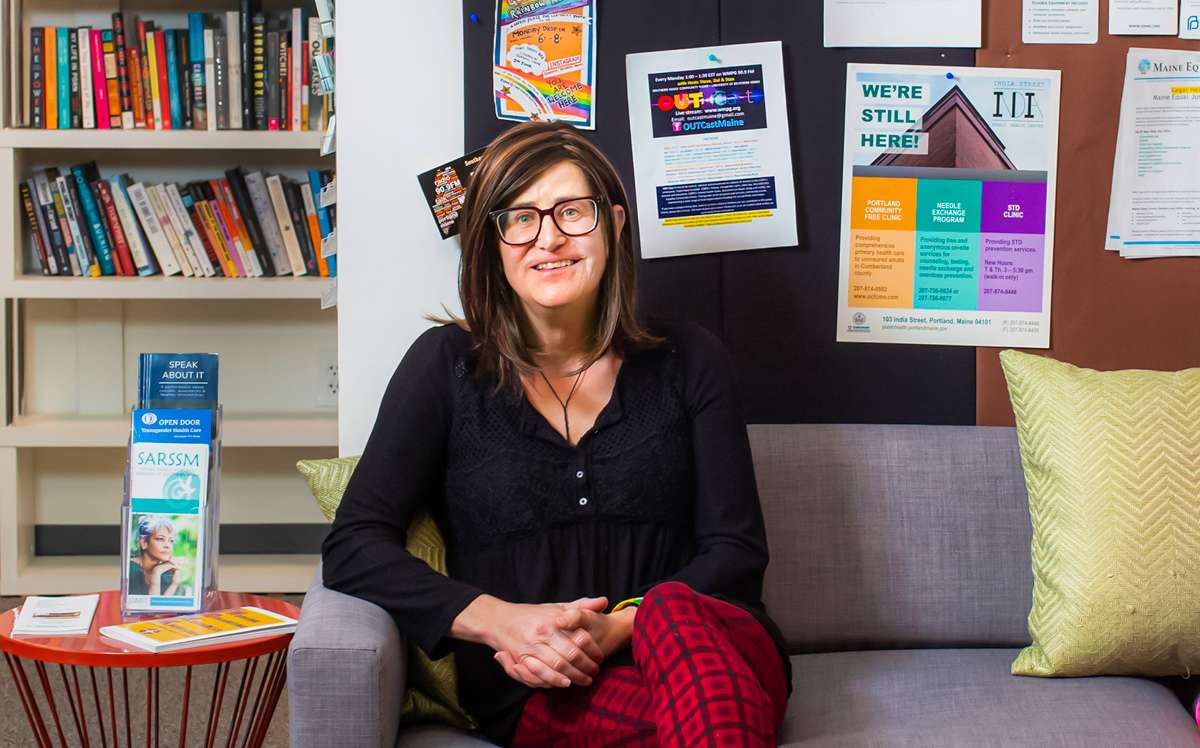
Processing Your Payment
Please do not leave this page until complete. This can take a few moments.
- News
-
Editions
View Digital Editions
Biweekly Issues
- December 15, 2025
- December 1, 2025
- Nov. 17, 2025
- November 03, 2025
- October 20, 2025
- October 6, 2025
- + More
Special Editions
- Lists
- Viewpoints
-
Our Events
Event Info
Award Honorees
- Calendar
- Biz Marketplace
Companies are setting DEI goals and changing their cultures, one step at a time
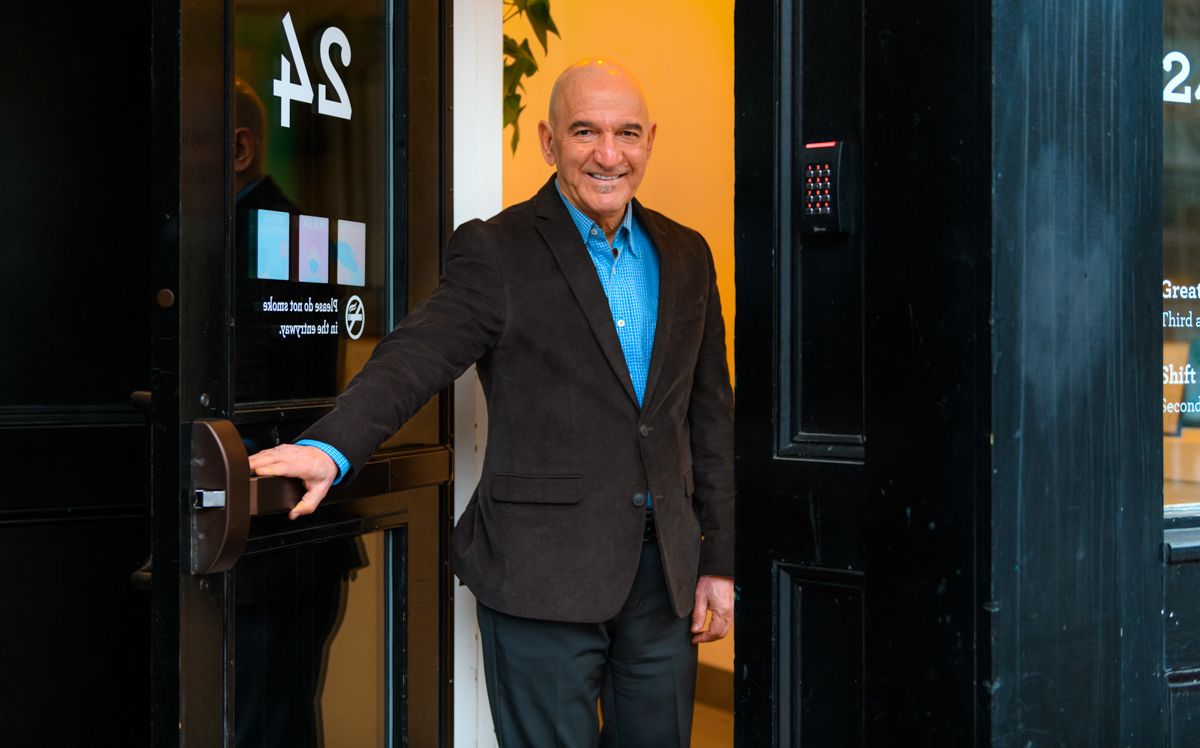 Photo / Jim Neuger
Reza Jalali, executive director of the Greater Portland Immigrant Welcome Center
Photo / Jim Neuger
Reza Jalali, executive director of the Greater Portland Immigrant Welcome Center
Conversations about sexual orientation, race and religion may seem out of place at a corporation, but talking about those issues is exactly what needs to happen to change a culture and embrace diversity.
As companies in Maine try to attract new workers, improve diversity and draw talent from other locales, these conversations are happening more and more.
“Our senior leadership has truly leaned in and been vulnerable and had those conversations that are not familiar at work. Our senior leadership is really willing to do it and that makes all the difference for the organization as a whole,” Ryan Polly, MaineHealth’s interim vice president of diversity, equity and inclusion (DEI).
“The squishy, emotional stuff may seem uncomfortable — but when you can get a leader to connect at the heart level on this you can move the needle faster than just focusing on the head level,” Polly says.
In September, MaineHealth started a DEI counsel made up of people from different hospitals in its network, community members, corporate members, and a patient and family advisor. It also hired a vendor, slated to start in February, to do a comprehensive review of job descriptions, recruitment, advancement, review patient experiences and how MaineHealth collects data and uses it. Meanwhile, a different consultant is working with the top leadership team to do DEI training classes and ongoing monthly training.
“We’re starting our DEI journey. We’re in a state where a lot of people don’t have to think about this, but we want to review the full spectrum of our processes,” Polly says.
“Conversations we’re having in the workplace are very different than what we had five years ago or even in 2019,” says Chanel Lewis, IDEXX Laboratories Inc.’s head of global diversity, equity and inclusion. “There’s this whole idea of being ‘a Mainer’ that you have to have lived here for seven generations. I challenge that. We’re all Mainers. And we have to expand well beyond that.”
Maine, like its northern New England counterpart Vermont, is one of the whitest states in the nation.
Reza Jalali, executive director of the Greater Portland Immigrant Welcome Center, agreed.
“We need to make room for people of worth and character no matter where they are from. We need to get rid of that phrase ‘from away’ altogether. ‘From away’ may have worked a century or two ago, but the world has become a village,” Jalali says.
“We need people who are multilingual, transnational and responding to the American promise that America is a symphony and gets richer when more people contribute,” Jalali says.

In addition to embracing just people from out of state, companies need to attract and retain a broader mix of diversity to survive and thrive.
The larger companies in the state, which have large human resources departments to build diversity training, have been on the forefront of DEI efforts in recent years, says Gia Drew, program director of Equality Maine.
“Major corporations have driven DEI. There’s pressure globally to be a good corporate citizen. People are making an effort and making steps in the last few years,” Drew says.
Still, work needs to be done. For example, nationally, 46% of LGBTQ+ employees are not open about their sexual orientation at work, Drew says.
“That’s a troubling statistic. We believe it’s the same in Maine. There’s a lot of room to grow on acceptance on that front and the frontier right now is being trans,” Drew says.
When companies look to add a broader mix of employees, it has to be a conscious decision throughout the entire hiring process: such as placing ads in diverse job boards, recruiting from different trade schools or historically black universities and bringing a diverse set of interviewers to review the candidates, human resources executives and CEOs says. Employees then need support throughout their careers to make sure they stay with a company.
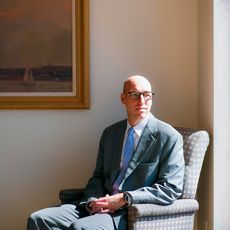
“There’s a notion of being a ‘cultural fit,’ at a company, which is often code for ‘people like us.’ We want to make it a ‘cultural add.’ Adding people from different backgrounds makes us stronger,” says Michael Bourque, president and CEO of MEMIC Group, a workers compensation insurance company.
“Our senior team isn’t diverse. We acknowledge that. We are looking at how we promote and develop talent. As a whole, the insurance industry has not done a good job on diversity. We recognize that. The industry has an aging workforce that’s heavily white. To succeed going forward, the industry must change. It’s the challenge for the next decade for us and the insurance industry as a whole,” Bourque says.
Equality Maine’s Drew highlighted the work by some companies, such as supermarket chain Hannaford, to embrace differences.
Everyday action
For the past two years, Hannaford has had a Mosaic Resource Group that includes a diverse mix of representatives from stores, district and home office level to work on diversity issues.
The group, as well as Hannaford’s DEI counsel and executive leaders, recently read “Belonging at Work: Everyday Action You Can Take to Cultivate an Inclusive Organization,” by Rhodes Perry, an executive consultant.
The book “cascaded from leadership to store level,” says Jim Hamilton, vice president of operations, eastern division, and chair of Hannaford’s Diversity and Inclusion Council. “It allowed people to bring their true selves to work and taught empathy and equity.”
As a grocery store, Hannaford deals with diversity issues internally with employees and externally with its customers. It works to keep all constituents feeling at home, Hamilton says.
Its new-Mainers ambassador’s program, which started in Portland, has bilingual associates who help immigrants navigate shopping and benefit programs.
“Safety in our stores isn’t just about physical safety during a pandemic. But emotional safety as well. We’re very quick to address problems,” Hamilton says.
L.L.Bean, meanwhile, supports its immigrant employees in multiple ways. Its Freeport location, has prayer rooms, areas to perform ablution, and accommodates prayer schedules. Its operating and training manuals come in different languages.
It also recently formed a diversity steering committee that meets weekly to examine all areas of the company and recommend changes, and it hosted a series of workshops, listening sessions and discussion groups. In 2021, it aims to revamp its internship program with a goal of having at least half of this year’s interns coming from historically underrepresented groups, L.L.Bean says.
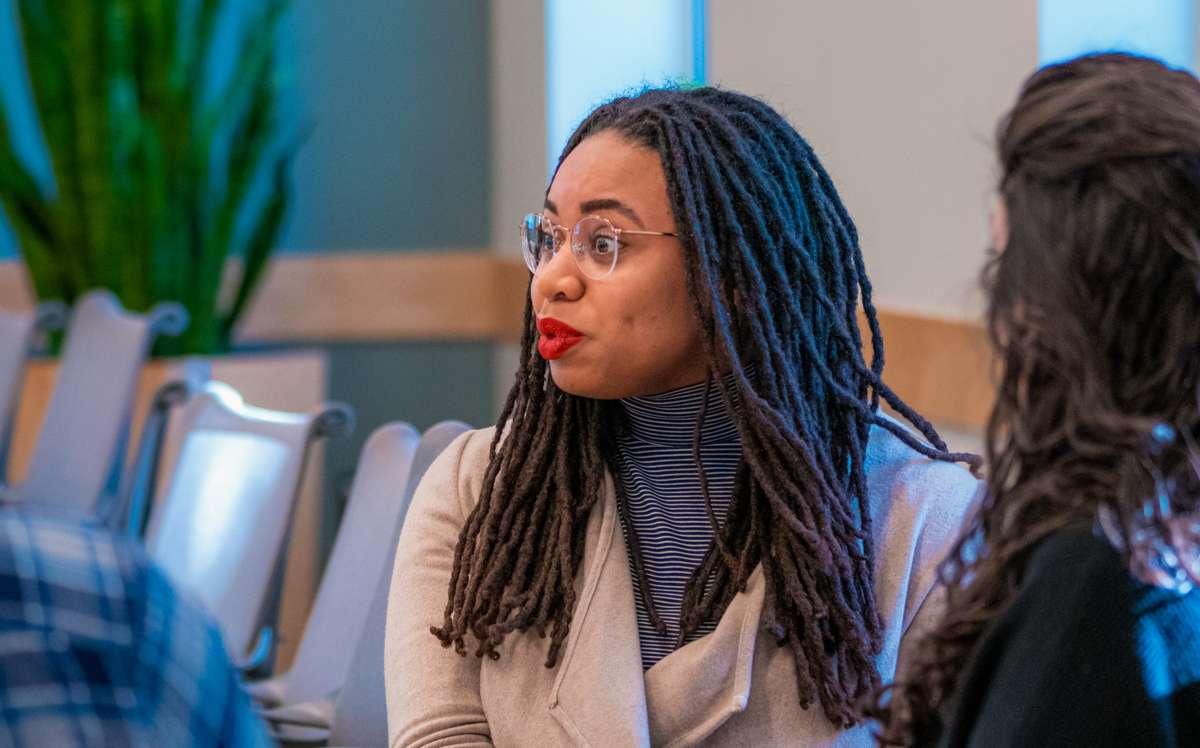
Grassroots efforts
“We know DEI will work better and become part of our DNA when it comes from both grassroots efforts and examples set at the top,” IDEXX’s Lewis says.
Companies such as IDEXX, payment processing technology firm WEX Inc. and Bath Iron Works have employee groups that support and celebrate people’s differences. Many of them were created by employees for employees, rather than being commanded by a corporate edict.
The unions representing BIW’s manufacturing employees have veteran’s and women’s committees, and there’s a “Rosie the Riveter” group that celebrates women in the shipyard with an annual luncheon.
IDEXX, meanwhile, has groups that include IDEXX Geeks, Women in STEM and leadership, LGBTQ+, and a veterans’ group, among others.
WEX, which has similar employee-led groups, believes these efforts are “ensuring everyone has a sense of belonging,” says Melanie Tinto, WEX’s chief human resources officer.
Maine companies need to embrace and recognize all types of differences and adjust its view on what diversity means. For some companies, like MEMIC, it could mean a majority of women on its board. For others, like Unum Insurance, it means attracting and nurturing talent throughout their careers so they want to stay.
Kimberly Bowen, Unum’s global vice president, head of talent acquisition, people and communications, says in past jobs she would get comments that her hair wasn’t professional enough.
“These are not comments that white counterparts would hear. Most women hearing this would go home and change their hair. They’d be worried if they didn’t they won’t move their career forward,” Bowen. “It’s impossible to have an appreciation of differences and not celebrate those differences.”
Idella Glenn, University of Southern Maine’s associate vice president of equity, inclusion and community impact, says the school had started a new mentoring program for faculty and staff of color to help nurture their careers and encourage them to feel more connected and stay longer.
“There’s an awful lot of work that needs to be done. We need to educate businesses about what defines diversity. It used to be about women and black and hispanics. But now ideas have changed a lot about diversity. You need to embrace Black Lives Matter and LGBTQ+ issues and the fact that now everyone has pronouns in their email,” says Saïd Eastman, CEO of JobsintheUS, which operates JobsinMaine.
Awkward conversations
“Changing the culture requires a lot of humility and introspection. Often it’s our default position to say ‘that’s how it’s always been done.’ But companies are realizing that not working. I don’t think that’s a sufficient excuse to say ‘That’s how we’ve always done it,’” says Mandy Levine, a human resources and diversity and inclusion consultant.
Diversity training often requires tough, awkward conversations and the work has to be embedded in the culture beyond a two-hour training class, Levine says.
“You have to help people be comfortable with the uncomfortable. You have to ask the hard questions. Why does someone have bias about a hispanic? Why don’t they want to sit next to a black person? These are uncomfortable questions but they need to be explored,” says Rhoda McVeigh, director of consulting services at KMA Human Resources LLC.
Not everyone is going to be on board with new initiatives on diversity requirements to share and discuss uncomfortable topics. But companies need to explain the law, the benefits of diverse ideas and people and then hold firm on their demands, human resources experts says.
“When you roll out policies and procedures to do DEI, all of the staff has to be aware of the changes and hear it in language they understand. People will weed themselves out. And if someone can’t be on board with these expectations, companies will weed them out, too,” Levine says.
“You sometimes need one-on-one coaching sessions with an employee. And at times, you need to make tough decisions about what people you want working for your company,” McVeigh says. “It can’t just be an HR strategy. It has to be important to the boss and then on down the line.”
Maine’s diversity advocates admit there’s work to be done, but there’s also hope.
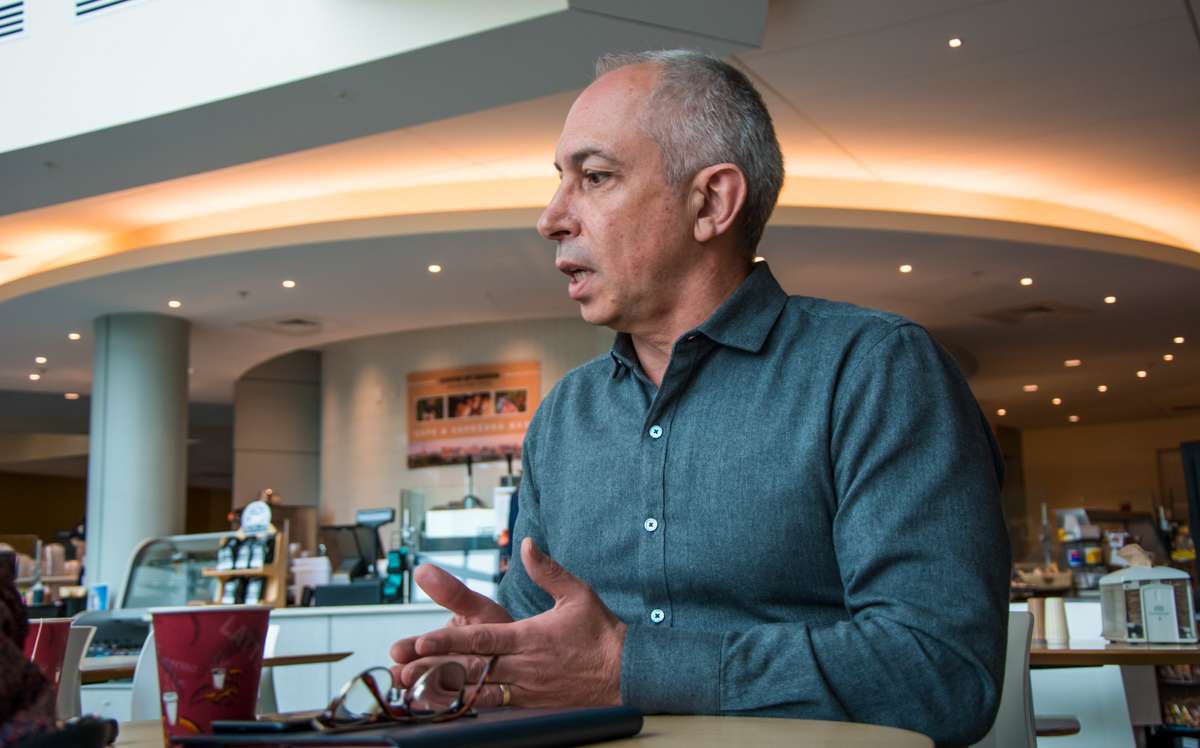
“Maine is more than 90% white. That means it’s difficult, but it doesn’t mean it’s impossible,” says Giovani Twigge, IDEXX’s chief human resources officer. “The ‘Maine factor’ is an issue, but we are tackling that.”
Mainebiz web partners
Related Content

The Giving Guide
The Giving Guide helps nonprofits have the opportunity to showcase and differentiate their organizations so that businesses better understand how they can contribute to a nonprofit’s mission and work.
Learn More
Work for ME
Work for ME is a workforce development tool to help Maine’s employers target Maine’s emerging workforce. Work for ME highlights each industry, its impact on Maine’s economy, the jobs available to entry-level workers, the training and education needed to get a career started.
Learn More
Groundbreaking Maine
Whether you’re a developer, financer, architect, or industry enthusiast, Groundbreaking Maine is crafted to be your go-to source for valuable insights in Maine’s real estate and construction community.
Learn more-
The Giving Guide
The Giving Guide helps nonprofits have the opportunity to showcase and differentiate their organizations so that businesses better understand how they can contribute to a nonprofit’s mission and work.
-
Work for ME
Work for ME is a workforce development tool to help Maine’s employers target Maine’s emerging workforce. Work for ME highlights each industry, its impact on Maine’s economy, the jobs available to entry-level workers, the training and education needed to get a career started.
-
Groundbreaking Maine
Whether you’re a developer, financer, architect, or industry enthusiast, Groundbreaking Maine is crafted to be your go-to source for valuable insights in Maine’s real estate and construction community.
ABOUT
NEW ENGLAND BUSINESS MEDIA SITES
No articles left
Get access now
In order to use this feature, we need some information from you. You can also login or register for a free account.
By clicking submit you are agreeing to our cookie usage and Privacy Policy
Already have an account? Login
Already have an account? Login
Want to create an account? Register
Get access now
In order to use this feature, we need some information from you. You can also login or register for a free account.
By clicking submit you are agreeing to our cookie usage and Privacy Policy
Already have an account? Login
Already have an account? Login
Want to create an account? Register






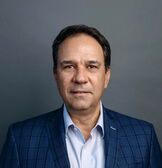

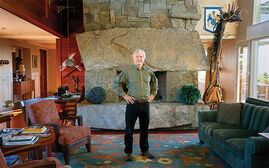


0 Comments